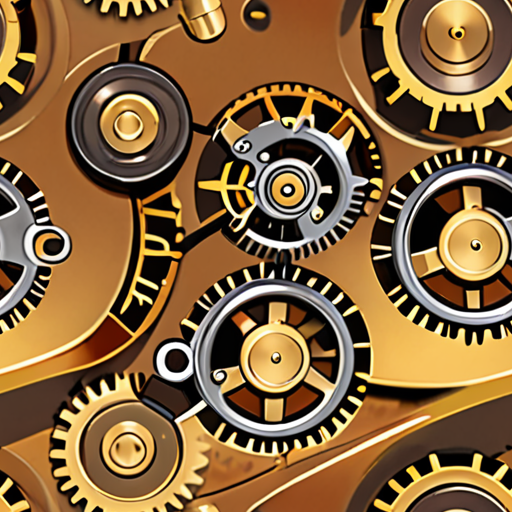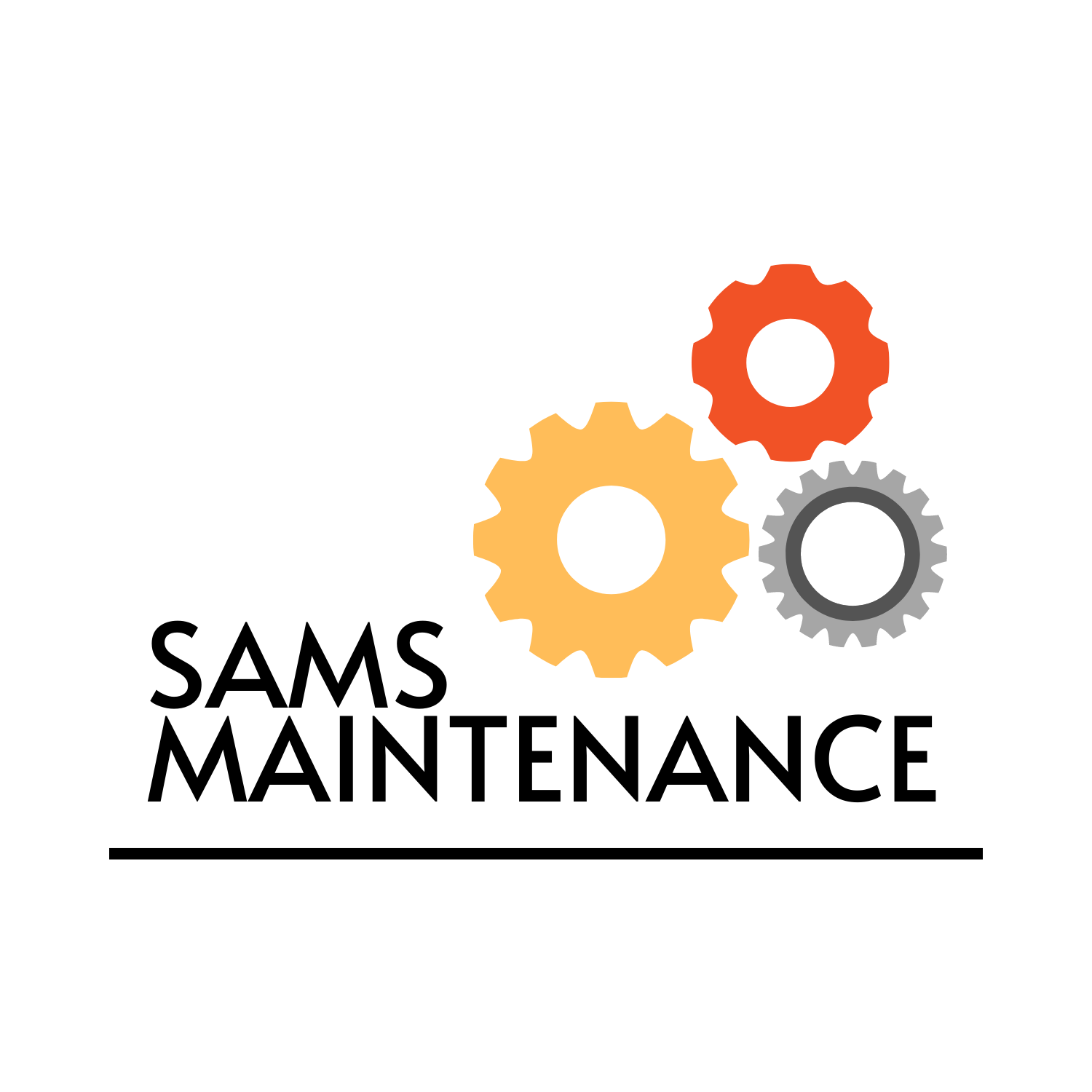Effective routine maintenance is crucial for ensuring the longevity and optimal performance of various assets, whether it’s a vehicle, a home, or industrial equipment. By incorporating a well-planned routine maintenance checklist into your daily or weekly schedule, you can identify potential issues before they become major problems, reduce downtime, and save costs associated with repairs. A comprehensive routine maintenance checklist typically includes tasks such as checking oil levels, inspecting belts and hoses, cleaning filters, and performing software updates, among others.

Routine Maintenance
Routine maintenance includes a variety of tasks aimed at preventing equipment failure, reducing downtime, and ensuring overall efficiency. These tasks can be categorized into several key areas, including lubrication, inspection, replacement, and testing.
- Lubrication:
- Cleaning and applying lubricants to moving parts to reduce friction and wear.
- Replacing worn-out lubricants with new ones to maintain optimal performance.
- Inspection:
- Regularly checking equipment for signs of wear, damage, or malfunction.
- Verifying that all safety features are functioning correctly.
- Replacement:
- Swapping out worn-out or damaged components with new ones to prevent further degradation.
- Upgrading equipment to newer models or improved versions.
- Testing:
- Conducting regular tests to ensure equipment is operating within specified parameters.
- Monitoring performance metrics to identify areas for improvement.
- Prevent unexpected breakdowns and associated losses.
- Improve overall productivity and efficiency.
- Reduce energy consumption and environmental impact.
- Create a scheduled maintenance plan tailored to specific equipment needs.
- Train personnel on proper maintenance procedures and protocols.
- Invest in high-quality tools and equipment to facilitate efficient maintenance.
- Monitor and analyze maintenance data to inform future improvements.
- OSHA Guidelines for Equipment Maintenance
- ISO Standards for Maintenance Management
- Energy Efficiency Tips for Industrial Equipment
Importance of Routine Maintenance
Regular routine maintenance is crucial for extending the lifespan of equipment, reducing repair costs, and minimizing downtime. By staying on top of maintenance tasks, organizations can:
Best Practices for Routine Maintenance
To maximize the effectiveness of routine maintenance, consider the following best practices:
Resources for Routine Maintenance
For more information on routine maintenance, consult the following resources:
Routine Maintenance Check
A routine maintenance check is a series of tasks performed regularly to ensure the optimal functioning and longevity of equipment, machinery, and systems.
- Daily checks involve inspecting equipment for signs of wear and tear, checking fluid levels, and verifying proper operation.
- Weekly checks may include cleaning filters, lubricating moving parts, and performing basic troubleshooting.
- Monthly checks might involve more in-depth inspections, such as checking belts and hoses, testing electrical systems, and reviewing maintenance records.
- Yearly checks often require a thorough examination of equipment, including replacing worn-out parts, updating software, and conducting safety inspections.
Regular maintenance checks can help prevent costly repairs, reduce downtime, and increase overall efficiency.
Importance of Routine Maintenance
Maintaining equipment and systems properly is crucial for several reasons:
- Prevents breakdowns and reduces repair costs
- Ensures optimal performance and productivity
- Extends the lifespan of equipment and systems
- Reduces energy consumption and environmental impact
- Improves safety and compliance with regulations
Best Practices for Routine Maintenance
To perform effective routine maintenance, consider the following best practices:
- Create a schedule and stick to it
- Keep accurate records of maintenance activities
- Train personnel on proper maintenance procedures
- Use high-quality replacement parts and materials
- Conduct regular inspections and tests
By following these guidelines and staying committed to routine maintenance, individuals and organizations can ensure the reliability and efficiency of their equipment and systems.

Daily Maintenance Checklist
As a homeowner or DIY enthusiast, staying on top of daily maintenance tasks can seem overwhelming, but it doesn’t have to be.
- Inspect and Maintain Appliances
- Clean the oven and stove regularly to prevent grease buildup and food residue.
- Check and replace air filters in your HVAC system, vacuum cleaner, and air purifiers.
- Run a cleaning cycle on your dishwasher and washing machine every month.
- Check and Replace Filters
- Replace furnace filters every 1-3 months depending on usage.
- Change water filters in your refrigerator and ice maker every 6-12 months.
- Update your vacuum cleaner’s HEPA filter every 6-12 months.
- Monitor and Maintain Plumbing Systems
- Check for signs of leaks under sinks, around toilets, and near water heaters.
- Drain and flush your water heater every 6-12 months.
- Disconnect and drain hoses from outdoor faucets during winter months.
- Keep Your Home Clean and Organized
- Schedule regular deep cleans for high-traffic areas and surfaces.
- Organize your garage, attic, and basement to reduce clutter and improve accessibility.
- Implement a “one-touch” rule for cleaning and organizing to maintain a tidy space.
- Stay on Top of Seasonal Tasks
- Schedule annual HVAC maintenance before peak seasons.
- Prepare your home for extreme weather conditions by sealing gaps and cracks.
- Perform routine pest control measures to prevent infestations.
Regularly check your appliances for wear and tear, clean filters, and replace worn-out parts to ensure they continue running efficiently.
Frequent filter replacements can save you money on energy bills and extend the lifespan of your appliances.
A well-maintained plumbing system can prevent costly leaks and water damage.
A clutter-free home reduces stress and makes it easier to find what you need when you need it.
Seasonal maintenance ensures your home remains safe, efficient, and comfortable throughout the year.
By incorporating these daily maintenance tasks into your routine, you’ll enjoy a safer, healthier, and more efficient living space.

Property Maintenance Checklist
Maintenance checklists are essential because they help ensure that a machine, piece of equipment, or facility is operating safely and efficiently.
-
Regular Tasks
- Cleanliness and organization
- Visual inspections
- Tightening loose parts
- Lubricating moving parts
- Checking fluid levels
-
Scheduled Maintenance
- Oil changes
- Battery checks
- Air filter replacements
- Spark plug replacements
- Belts and hoses replacements
-
Seasonal Maintenance
- Spring cleaning
- Fall preparation
- Winterization
- Summer cooling systems checks
-
Emergency Procedures
- Fire extinguisher checks
- First aid kits
- Emergency contact information
- Evacuation plans
By following these steps, you can ensure that your property remains safe and efficient, reducing the risk of costly repairs and downtime.
At Sams Maintenance , we understand the importance of regular maintenance and offer a variety of services to help keep your property in top condition.
Our team of experts can assist with everything from routine cleanings to complex repairs, ensuring that your property runs smoothly and efficiently.
Contact us today to learn more about our maintenance services and how we can help you protect your investment.
What is a Basic Checklist?
A basic checklist is a simple yet effective tool used to organize tasks, verify completion, and ensure accuracy in various settings, including personal projects, professional endeavors, and everyday activities. As a homeowner and DIY enthusiast, I find checklists invaluable for tackling home maintenance tasks efficiently and effectively.
To create a basic checklist, start by identifying the tasks or steps required to complete a particular project or task. Break down larger tasks into smaller, manageable chunks, and assign a checkbox or a tick box next to each item. This visual representation helps track progress and ensures nothing gets overlooked.
Benefits of Using Checklists
- Improved organization and prioritization
- Increased productivity and efficiency
- Reduced errors and mistakes
- Enhanced accountability and responsibility
- Simplified task management and tracking
Creating Effective Checklists
- Determine the purpose and scope of the checklist
- Identify the tasks or steps required to complete the project or task
- Break down larger tasks into smaller, manageable chunks
- Assign a checkbox or tick box next to each item
- Review and revise the checklist regularly to ensure accuracy and effectiveness
Real-Life Applications of Checklists
Checklists have numerous applications in real-life scenarios, including:
- Home maintenance and repair
- Event planning and coordination
- Project management and execution
- Travel preparation and packing
- Personal finance and budgeting
Best Practices for Creating Checklists
To maximize the effectiveness of checklists, follow these best practices:
- Keep the checklist concise and focused
- Use clear and descriptive language
- Organize the checklist logically and consistently
- Regularly review and update the checklist
- Make the checklist easily accessible and shareable

Creating a Maintenance List
I’m often asked how to create a maintenance list, and I’m happy to share my expertise with you.
-
Step 1: Identify Essential Tasks
Start by making a list of essential tasks that need to be performed regularly, such as changing air filters, inspecting gutters, and checking smoke detector batteries.
-
Step 2: Prioritize Tasks
Prioritize tasks based on importance and urgency, focusing on critical systems like plumbing, electrical, and HVAC.
-
Step 3: Schedule Regular Inspections
Schedule regular inspections for critical systems, such as annual furnace inspections and bi-annual roof inspections.
-
Step 4: Create a Preventive Maintenance Schedule
Create a schedule for preventive maintenance tasks, such as oil changes, tire rotations, and brake pad replacements.
-
Step 5: Review and Update the List
Regularly review and update the list to reflect changes in equipment, systems, or personal needs.
By following these steps, you’ll have a comprehensive maintenance list that helps you stay on top of essential tasks and prevent costly repairs down the road.
Additional Tips:
- Consider investing in a home maintenance app or software to streamline task management and scheduling.
- Make sure to document all maintenance activities, including dates, times, and details of work performed.
- Keep a record of receipts and invoices for maintenance-related expenses.
Conclusion:
A well-maintained home is a safe and efficient home. By creating a maintenance list and sticking to it, you’ll be able to identify potential issues before they become major problems, saving you time, money, and stress in the long run.

0 Comments